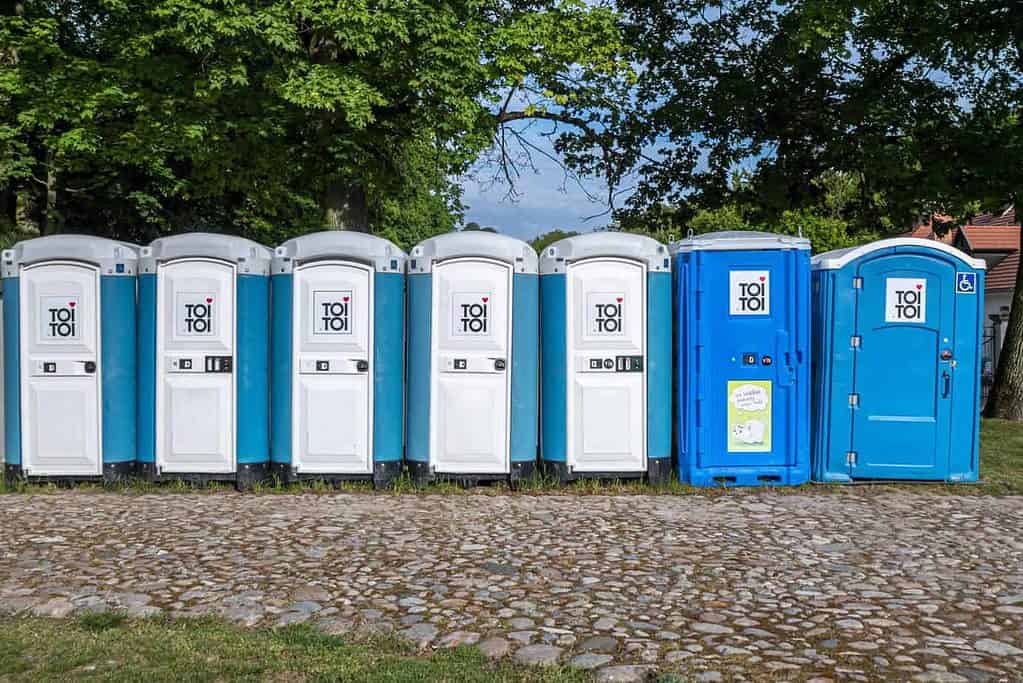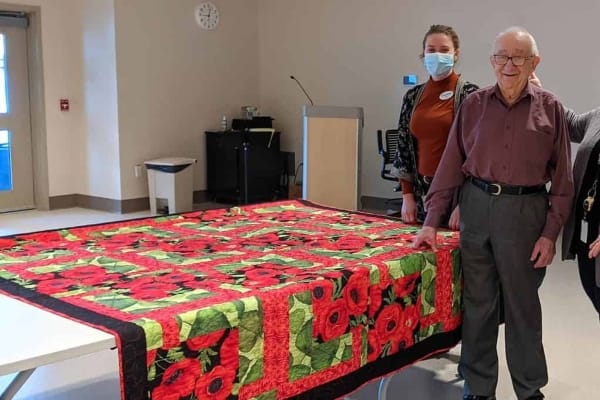To descend the stairs into Bear’s Paw Quilts is to descend into colour. Quilts and colourful fabric samples line the walls.
This is more than a fabric store. It’s a school, and a conduit to a world where quilting is the art of choice.
Quilter, business owner, and teacher Ruth Headley attributes Bear’s Paw’s twelve years of success to a team of knowledgeable quilters who work in the shop. They’re a community.
Like the Yukon, Bear’s Paw has two main seasons. From September to April, the store hosts a class every night of the week.
In April, the sun shines, and “a lot of quilters quit for the summer”.
Then Bear’s Paw waits for tourists, who are looking for northern-themed fabric — bears, moose, and northern lights.
“Quilters are huge stash-builders,” Headley observes, and they want materials they can use to create memories of their journey. She sells kits — packages that contain a pattern, fabric and instructions, well-compressed for cruise-ship travellers.
Every two years, the Quilter’s Travel Companion seeks out and lists quilt shops all over North America. Tourists find Bear’s Paw quilts with this book in their hands. Also, the Milepost lists “Knitting, Quilt and Bead Shops”; quilters form a niche market in the Yukon’s tourist trade.
But don’t ask a quilter to hem your pants.
“We don’t sew. We’re not garment makers,” explains Headley. It’s kind of like asking Michelangelo to paint the outhouse.
What do they do then?
There are two main branches of this art form: traditional quilting and art quilting. That is not to say that one is art and not the other. It’s more like the difference between a classical and jazz musician. One works with traditional patterns, choosing her own colours and fabrics, not unlike the way a classical violinist might interpret a piece by Bach. Art quilters experiment with various techniques, including appliqué, painting, and printing onto fabric, often creating landscape or other representational imagery. They make up no more than ten per cent of quilters.
But both agree on the definition of a quilt: consisting of three layers — a pieced top, batting, and then the backing. These layers are sewn together. That is the part called “quilting”.
Headley explains that while most quilters have quilted by hand over an old-fashioned quilt frame once in their lives, once is usually enough; It takes a lot of time.
Headley uses a household sewing machine for her quilting, skilfully bunching the material so she can draw leaves and flowers over the whole surface — she likes drawing leaves — or using more abstract shapes to sew the layers together. The designs come out of her head.
Each quilter is restricted to what she can draw with her machine. Headley admires the work done by her employee Joanne Love, on a domestic machine with a slightly longer “throat”.
Quilting machines work differently than domestic sewing machines. The quilt is stretched out, and the machine moves over its surface. Often bed quilts are too big for ordinary machines to undertake.
And then, there are digital versions of these types of machines that quilt perfectly, although the result is no longer hand-quilted. Five people in Whitehorse run quilting businesses, and a quilting machine costs about $40,000, indicating the popularity of this scene.
Before the quilting, there’s the piecing. In any workshop, participants choose their fabrics.
“You’ve got to love the colours you pick,” Headley insists.
That love motivates the work of finishing the piece.
Eight times a year, Headley teaches a Quilt Start course, for beginners. Students complete a table runner, start to finish, in a traditional “rail fence” pattern. They aren’t allowed to go home until it’s all quilted and the final edging is partly sewn on.
Each student leaves the class a quilter, ready to take any other quilting class.
Headley believes in finishing projects.
“If you’ve made a mistake, you move through it. It’s better to finish it and not be perfect so you can move on to the next quilt. We want the whole thing to be joyous and lively and fun.”
Bear’s Paw also organizes five four-day quilting retreats a year. I spoke to Headley just before their twelfth birthday retreat in Haines Junction. More than 30 women will bring their own projects to work on. Headley is available to help, and in between, she too, works on her own quilt. They stitch from morning to night.
Headley thinks people love quilting because it’s a way to be artistic within a structure. Within traditional quilting there are rules, and once they’ve learned these rules they can bend or break them if they wish, and still enjoy the success of making something beautiful, that might also happen to be useful.
Find Bear’s Paw Quilts at 2093 2nd Avenue in the basement of the Northern Lights Optometry building; the shop also posts a newsletter to their Facebook page.




